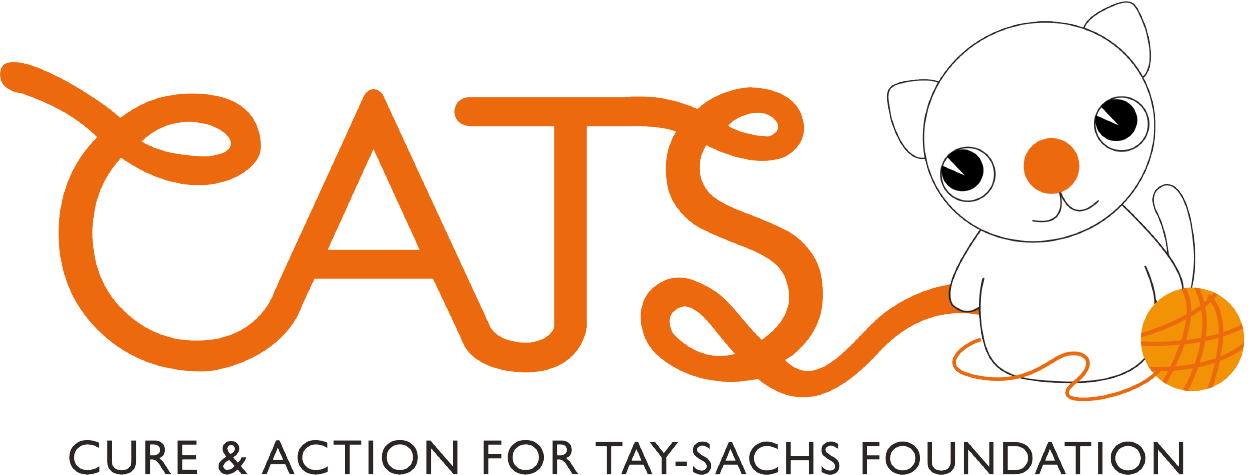
What causes Tay-Sachs
Understanding what causes Tay-Sachs requires us to look at a few things and to realise it is all about a missing enzyme. Firstly why it occurs in an individual, then what are the affects to the individual and lastly what is the gene that causes Tay-Sachs.
Why it affects an individual
As an autosomal recessive genetic disorder there is a 25% chance that two parents who are carriers of the gene which causes Tay-Sachs will have a child affected by Tay-Sachs. You can read more about autosomal recessive inheritance here.
It is important to note that anyone can be a carrier of the gene which causes the disease. However, French Canadians, Louisiana Cajuns and Ashkenazi Jews are at high risk with a carrier rate of 1/27. Within the general population the carrier rate is at around 1/250.
There is a saying which says “Tay-Sachs breeds true” in a family. This basically means that only one type of the disease can occur in a family – i.e if one child is diagnosed with Infantile Tay-Sachs, the other children are only at risk from the infantile form. One set of parents could not have children with both the infantile and juvenile forms of the disease. You can read more on the types of Tay-Sachs here.
What the affects to an individual are
Tay-Sachs is caused by the absence or significantly reduced level of a vital enzyme called beta-hexosaminidase. We all have a specific gene in our DNA, called Hexosaminidase A (Hex-A), that provides the information and instructions to make the enzyme.
The Hex-A enzyme is vital as with none, or very little produced a fatty substance or lipid called GM2 ganglioside starts to build up in cells – especially those found in the brain. As the build up continues there is progressive damage to the cells which is not reversible. This then leads to a continually loss of motor skills resulting in premature death.
The gene
The gene that causes Tay-Sachs is located on chromosome 15, specifically 15q23-q24.



